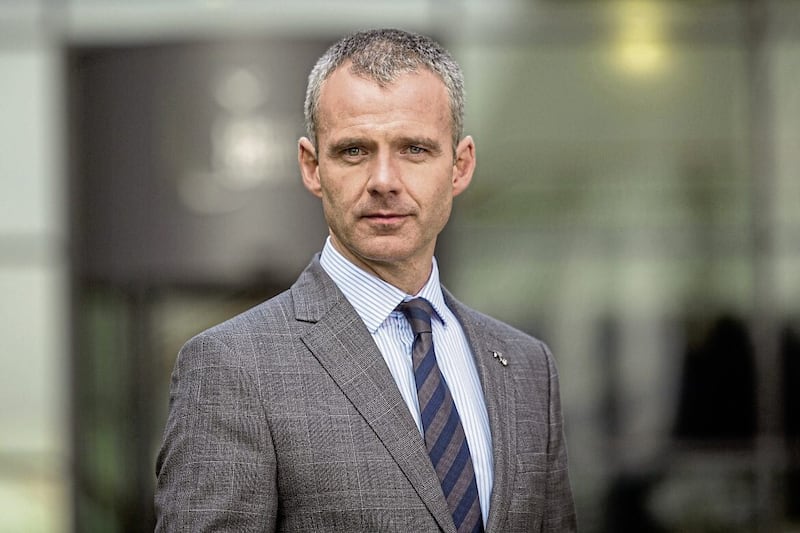Economists at Ulster University believe Northern Ireland’s economy will be subdued for the next two years, growing in 2024 by just 0.8% and then improving only slightly to 1.1% next year.
But the UU Economic Policy Centre’s closely-monitored Winter 2024 Outlook, launched at a breakfast event at its Belfast and covering topics on interest rates, inflation, unemployment and sectoral jobs growth, did offer up some positivity.
Notably this was around the potential for jobs creation and also the fact the north won’t tip into either a technical or full-blooded recession.
The university’s research over the period between 2007 and 2021 shows that 68,000 employer firms started trading and 38,000 went out out of business, but the net job creation over the 14-year period was was 253,000.
UUEPC director Gareth Hetherington said: “The impact of new business starts on job creation should not be under-estimated. To put in context, total employment in Northern Ireland has increased by only 90,000 since 2007, which shows that the existing business stock is more likely to contract in terms of employment than expand over time.
“As a result, maintaining and growing the size of the labour market is dependent on continuous entrepreneurial activity.”
He added: “This analysis period covered both the financial crisis in 2008 and more recently the pandemic, both of which took several years for the labour market to recover. Whilst these shocks may be viewed as atypical, economies are always subject to economic shocks and as a result new business starts are critical to economic recovery.”
The UUEPC is forecasting that interest rates have peaked at 5.25%, but note a stark contrast between the expectations of the financial markets for 2024 and the Bank of England.
The markets are implying a drop in rates to as low as 4.0% by the end of the year, but the Monetary Policy Committee (MPC) continues to push the ‘higher for longer’ narrative, suggesting perhaps only two quarter-point reductions this year, with rates dropping to 4.75%.

But UUEPC economists are forecasting a middle path, with interest rates falling to 4.5% by the end of this year and then to a longer-term level of 3.5% by 2026, representing the new normal rate, significantly above the old normal of 0.25%.
Mr Hetherington added: “It takes approximately 18-24 months for the full impact of interest rate rises to fully transfer through to the economy and therefore many of the more recent rises are yet to have an effect.
“Although growth is starting to pick up again now after a challenging final quarter to 2023, if the Bank of England mis-judge and are too slow in bringing rates down, then clearly a contraction becomes more likely.
“But one reason to be optimistic is the resilient nature of the labour market to a series of economic shocks, from the pandemic to higher energy prices and cost of living challenges which in turn has resulted in much higher interest rates.
“In these circumstances it would be reasonable to expect an increase in unemployment, but this has not occurred, employers are still reporting difficulties recruiting staff.”







